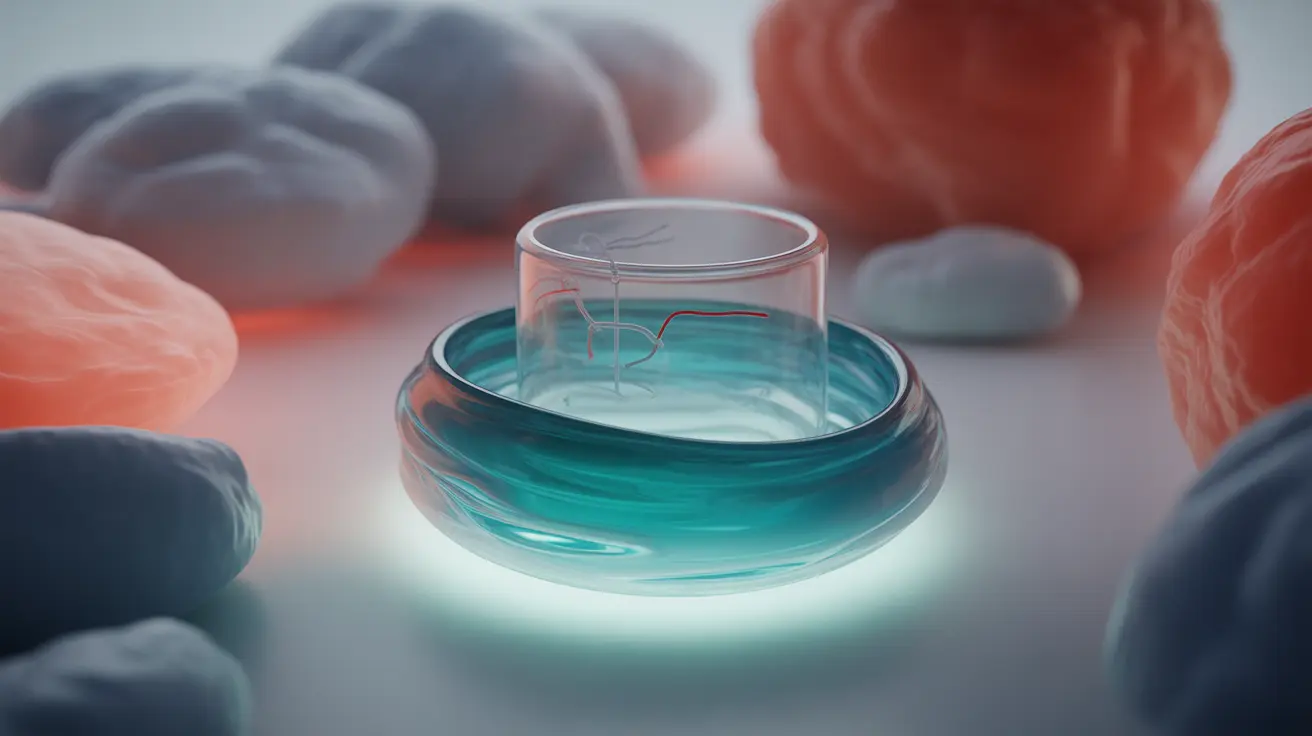For patients with diabetes who receive peritoneal dialysis, understanding and managing potential risks and complications is crucial for maintaining optimal health. The combination of diabetes and peritoneal dialysis presents unique challenges that require careful monitoring and preventive measures.
This comprehensive guide explores the specific risks, complications, and management strategies for diabetic patients undergoing peritoneal dialysis, helping both patients and caregivers make informed decisions about their treatment journey.
Common Complications in Diabetic Patients on Peritoneal Dialysis
Diabetic patients receiving peritoneal dialysis face several specific challenges that can impact their health outcomes:
Blood Sugar Control Challenges
The glucose-containing dialysis fluid used in peritoneal dialysis can significantly affect blood sugar levels. This absorption can lead to:
- Unstable blood glucose readings
- Increased insulin requirements
- Difficulty maintaining glycemic control
- Higher risk of hyperglycemia
Infection Risks
Diabetic patients are particularly vulnerable to infections during peritoneal dialysis due to:
- Compromised immune system function
- Slower wound healing
- Higher susceptibility to bacterial growth
- Increased risk of catheter-related complications
Impact of Dialysis Fluid on Blood Sugar Management
The glucose concentration in peritoneal dialysis fluid presents unique challenges for diabetic patients:
Glucose Absorption
During peritoneal dialysis, significant amounts of glucose from the dialysis fluid can be absorbed into the bloodstream, potentially leading to:
- Elevated blood sugar levels
- Increased caloric intake
- Weight gain
- Need for insulin adjustment
Blood Sugar Monitoring
Regular monitoring becomes even more critical during dialysis sessions. Patients should:
- Check blood sugar levels more frequently
- Work closely with their healthcare team
- Adjust medication dosages as needed
- Keep detailed records of readings
Infection Prevention and Monitoring
Preventing infections is crucial for successful peritoneal dialysis treatment in diabetic patients:
Signs of Infection to Watch For
Key warning signs include:
- Redness or swelling around the catheter site
- Cloudy or discolored dialysis fluid
- Fever or chills
- Unusual abdominal pain
- Exit site drainage
Preventive Measures
Essential steps for infection prevention include:
- Maintaining strict hand hygiene
- Following proper catheter care protocols
- Regular cleaning and dressing changes
- Monitoring the catheter site daily
- Prompt reporting of concerning symptoms
Managing Blood Sugar During Peritoneal Dialysis
Successful blood sugar management requires a comprehensive approach:
Dietary Considerations
Proper nutrition plays a vital role in managing both diabetes and dialysis:
- Balanced meal planning
- Careful monitoring of carbohydrate intake
- Regular consultation with a renal dietitian
- Adjustment of meal timing around dialysis sessions
Medication Management
Working with healthcare providers to optimize medication regimens is essential:
- Regular review of insulin needs
- Adjustment of diabetes medications
- Coordination of medication timing with dialysis
- Monitoring for drug interactions
Frequently Asked Questions
What are the most common complications for diabetic patients receiving peritoneal dialysis?
The most common complications include infection (particularly peritonitis), blood sugar control difficulties, catheter-related issues, and cardiovascular problems. Diabetic patients may also experience more frequent episodes of hyperglycemia due to glucose absorption from dialysis fluid.
How can glucose in dialysis fluid affect blood sugar control in people with diabetes?
The glucose in dialysis fluid can be absorbed into the bloodstream, potentially causing blood sugar spikes and requiring adjustments to insulin or diabetes medication. This absorption can make blood sugar control more challenging and may necessitate more frequent monitoring.
What are the signs of infection I should watch for with my peritoneal dialysis catheter?
Key signs include redness, swelling, or drainage around the catheter site, cloudy or discolored dialysis fluid, fever, abdominal pain, and unusual discomfort during dialysis. Any of these symptoms should be reported to healthcare providers immediately.
Why is the risk of peritonitis and catheter infection higher in diabetics on peritoneal dialysis?
Diabetic patients have compromised immune systems and slower wound healing, making them more susceptible to infections. High blood sugar levels can also create an environment that promotes bacterial growth, increasing infection risk.
What steps can I take to help prevent infections and manage blood sugar while on peritoneal dialysis?
Key steps include maintaining strict hygiene protocols, monitoring blood sugar levels frequently, following proper catheter care procedures, working closely with healthcare providers to adjust medications as needed, and maintaining a balanced diet suitable for both diabetes and dialysis.




